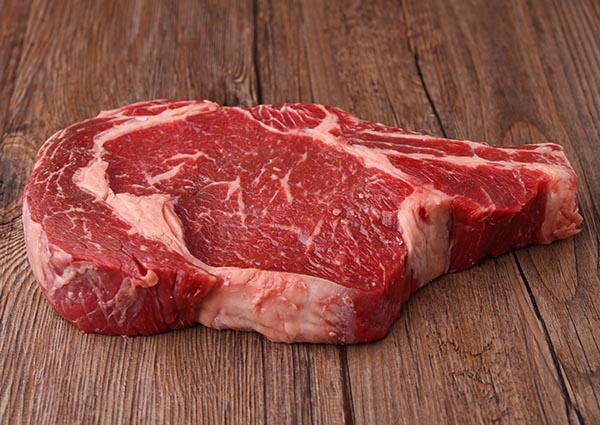Increased competition is observed in the global beef market
According to a recent MLA analysis, limited global supply has led to higher beef prices and competition between importers. Slaughter rates in Australia, Brazil and Argentina are down year-over-year, and some other countries, such as the US, are securing domestic supplies to meet the demand expected during the grilling season.

Limited supplies and strong global demand are driving the upward trend in export prices, with major import markets competing for products. In addition, a new strain of African swine fever (ASF) in Asia poses an additional threat to food supply and is likely to drive up prices in the near future.
Exports of Australian beef in April decreased compared to March volumes, reaching 72.5 thousand tons, which corresponds to a decrease of 22% compared to April levels of the last year. In the main cattle-producing regions, there are sufficient stocks of feed, which has allowed producers to both preserve the number of females and limit the number of livestock sent for processing. While this is positive for producers looking to rebuild their livestock, the availability of export beef is limited, with beef export volumes currently down 24% year on year to just 272 kt from January to April, well below target. Last year, during this period, 358 thousand tons of meat were exported.
The Chinese market increased beef imports by 20% in the first three months of 2021, and Brazil, Argentina, Uruguay and New Zealand are the main suppliers in this market, with imports from each market year-on-year growing 33%, 19%, 47% and 28%, respectively. Canadian beef imports reached 1,121 tonnes, + 44% YoY, while US beef imports increased 1,500% year-on-year to 31,058 tonnes.
Source: Meatinfo